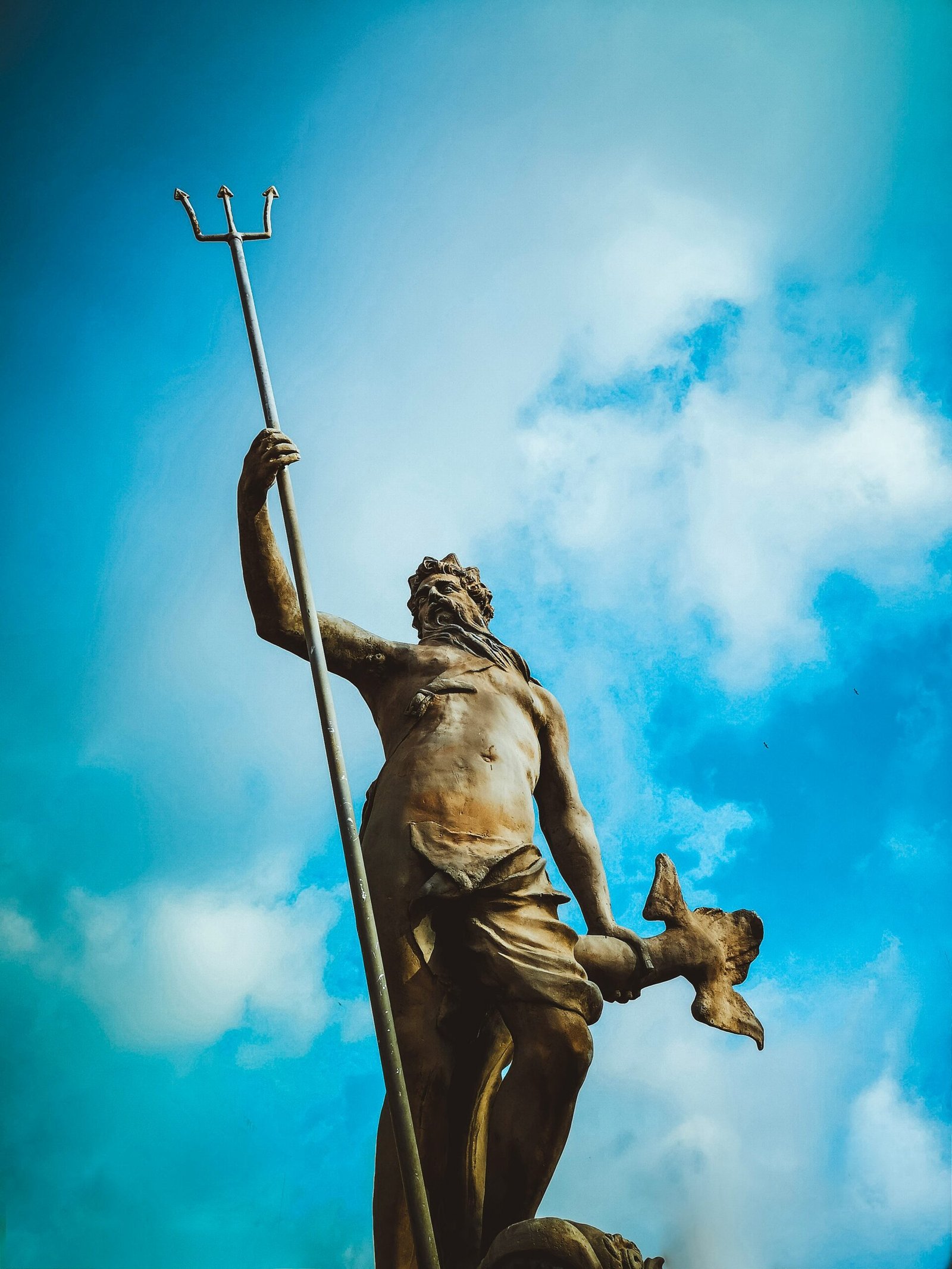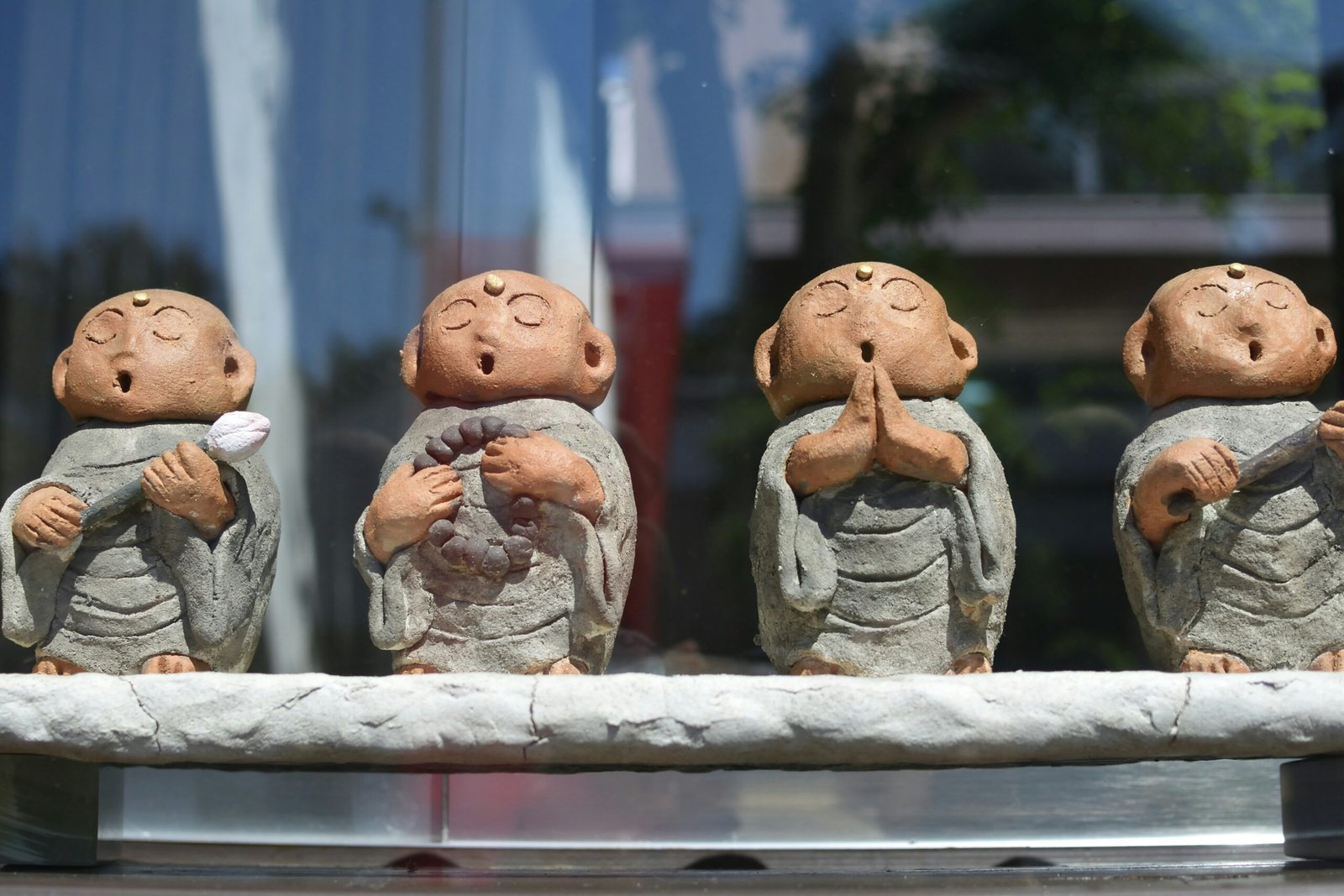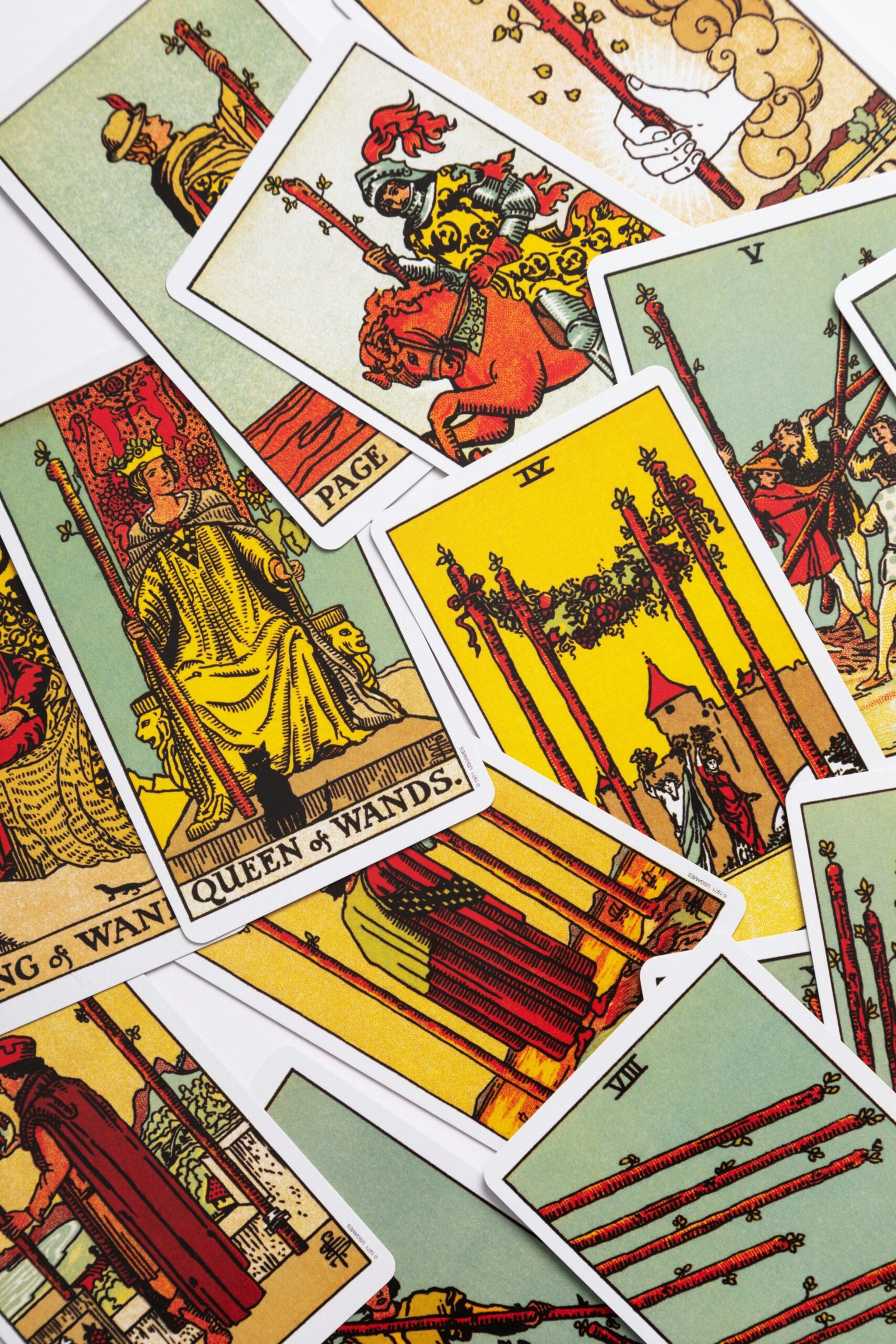Introduction to Mythology and Folklore in Spellcasting
Mythology and folklore are fundamental components of human culture, serving as a repository of stories, beliefs, and rituals that have been passed down through generations. These ancient narratives are not merely relics of the past; they continue to shape contemporary practices, including the realm of modern spellcasting. By delving into mythology and folklore, one can comprehend the origins and evolution of spellcasting, which is the practice of using specific rituals, incantations, and symbols to invoke supernatural forces or achieve desired outcomes.
Mythology encompasses the collection of myths belonging to a particular religious or cultural tradition. These myths often explain the origins of the world, the nature of deities, and the adventures of heroes. Folklore, on the other hand, refers to the traditional beliefs, customs, stories, songs, and practices of a community, transmitted orally across generations. Both elements are deeply intertwined with the human psyche and societal norms, providing a rich tapestry from which modern spellcasting draws its essence.
Historically, spellcasting has roots in various ancient civilizations, including the Egyptians, Greeks, and Celts, each with its unique pantheon of gods, spirits, and mystical practices. These ancient cultures employed spellcasting to influence the natural world and human affairs, often seeking protection, healing, or prosperity. As these civilizations evolved, so did their magical practices, incorporating elements from their myths and folklore into their spells and rituals.
In contemporary times, spellcasting remains a practice that is both revered and misunderstood. Modern practitioners often draw upon these ancient traditions, adapting them to fit within today’s spiritual and cultural contexts. For example, a spellcaster might invoke deities from Greek mythology or utilize symbols from Celtic folklore to enhance the potency of their spells. By understanding the historical and cultural foundations of spellcasting, one can appreciate its complexity and the profound influence that mythology and folklore have on its practice.
Historical Roots of Spellcasting
The practice of spellcasting has deep historical roots that extend back to some of the earliest human civilizations. In ancient Egypt, spells were integral to both daily life and religious practices. The ancient Egyptians believed in the power of words and symbols, using magic as a means to protect themselves, heal the sick, and secure safe passage into the afterlife. The “Book of the Dead,” a collection of funerary texts, is an exemplary artifact that showcases the Egyptians’ reliance on spells to navigate the spiritual realm.
Similarly, in ancient Greece, spellcasting was intertwined with mythology and religion. The Greeks practiced a form of magic known as “theurgy,” which aimed to invoke the presence of gods and demigods. Notable examples include the Orphic Hymns, which were used to summon deities and seek their favor. Greek mythology offers rich narratives where gods and mortals alike employed spells for various purposes, from love and revenge to protection and prosperity.
Norse mythology, too, reveals a profound connection between mythology and spellcasting. The Norse believed in a magical practice called “seidr,” which was often associated with the goddess Freyja. Seidr involved rituals and chants aimed at divination and influencing the course of events. Odin, one of the principal gods in Norse mythology, was reputed to possess extensive knowledge of runes, which were not just an alphabet but also powerful symbols used in spellcasting.
Celtic mythology also offers a glimpse into the ancient practice of spellcasting. The Celts believed in the power of words and incantations, often performed by druids, who were regarded as the keepers of magical knowledge. Celtic spells and rituals were closely tied to nature, with practices aimed at harnessing the energies of the earth and its elements for healing, protection, and guidance.
In each of these ancient societies, the intersection of mythology and spellcasting highlights the enduring human quest to understand and influence the world through supernatural means. The influence of these historical practices continues to permeate modern spellcasting, echoing the ancient belief in the power of words, rituals, and symbols.
Mythological Figures and Their Impact on Modern Spells
Mythological figures, ranging from deities to legendary heroes, have long been integral to the practice of spellcasting. These figures, revered across diverse cultures, serve as powerful archetypes that modern practitioners invoke to harness specific energies and attributes. The invocation of such mythological entities lends a deeper, symbolic layer to contemporary spells, often enhancing their perceived potency and effectiveness.
One prominent example is the Greek goddess Hecate, often revered in modern witchcraft. Known as the goddess of magic, witchcraft, and the night, Hecate is frequently invoked in spells related to protection, divination, and transformative change. Her associations with the crossroads and the underworld make her a potent figure for those seeking guidance during pivotal life decisions.
Similarly, the Norse god Odin, associated with wisdom, healing, and knowledge, is another figure whose influence permeates modern spellcasting. Odin’s quest for enlightenment and his sacrificial acts to gain wisdom make him an ideal figure to invoke in spells aimed at intellectual pursuits, personal growth, and the acquisition of knowledge. Modern practitioners might reference Odin in rituals designed to enhance one’s understanding or to seek insight from the divine.
From the realm of Hindu mythology, the goddess Saraswati, embodying knowledge, music, and the arts, is frequently called upon in spells aimed at boosting creativity and intellectual endeavors. By channeling Saraswati’s energy, practitioners hope to access greater clarity and inspiration, thus enhancing their artistic and scholarly pursuits.
In addition to gods and goddesses, legendary heroes like King Arthur from Celtic mythology also play a significant role in modern spellcasting. Arthur’s legendary sword, Excalibur, symbolizes strength, justice, and rightful sovereignty. Spells invoking King Arthur or Excalibur often aim to instill courage, justice, and rightful leadership in the practitioner.
These examples underscore how mythological figures serve not only as sources of inspiration but also as active participants in the enactment of modern spells. By drawing on the rich tapestry of mythological narratives, contemporary spellcasters can imbue their practices with profound symbolic meaning and connect with a legacy that spans centuries.
Folklore Elements in Modern Spellcasting
Folklore elements, encompassing folk tales, legends, and superstitions, have deeply influenced modern spellcasting practices. These stories and beliefs, passed down through generations, provide a rich tapestry of cultural knowledge that contemporary practitioners often draw upon. The integration of folklore into spellcasting not only preserves these ancient narratives but also adapts them to meet current spiritual and practical needs.
One prominent example is the use of folk spells, which have been modified and incorporated into modern practices. For instance, the traditional folk spell of placing a broom across the threshold to ward off evil spirits has evolved into various protective rituals used in contemporary spellcasting. Similarly, the belief in the power of plants and herbs, rooted in folklore, continues to play a significant role. The use of rosemary for protection or lavender for peace and tranquility can be traced back to ancient folk practices.
Legends, too, shape modern spellcasting. The legend of King Arthur, with its mystical elements and characters like Merlin, has inspired numerous spells and rituals. Modern practitioners often invoke these legends to channel the archetypal energies they represent. For example, spells for wisdom might call upon the figure of Merlin, while those for courage might reference the bravery of Arthur’s knights.
Superstitions, often dismissed in contemporary society, still find relevance in modern spellcasting. Common superstitions, such as not walking under a ladder or breaking a mirror bringing seven years of bad luck, have been adapted into rituals that aim to reverse or prevent misfortune. These practices highlight the enduring nature of folklore and its ability to transform and remain pertinent in various cultural contexts.
The adaptation of folklore elements into modern spellcasting underscores the dynamic nature of these practices. By integrating folk tales, legends, and superstitions, modern spellcasters honor their cultural heritage while evolving their craft to address contemporary concerns. This synthesis of old and new ensures that the wisdom of folklore continues to enrich and inform modern spiritual practices.
Cultural Variations in Spellcasting Practices
Spellcasting, deeply intertwined with mythology and folklore, exhibits a rich diversity across cultures. Each culture’s unique mythological narratives and folklore traditions shape its distinct spellcasting practices, resulting in a wide array of magical techniques and rituals worldwide.
In Western cultures, particularly those influenced by Greco-Roman mythology, spellcasting often involves invoking deities or utilizing symbols prevalent in ancient myths. The traditions of Wicca and various neopagan practices, for instance, incorporate elements from Celtic and Norse mythologies, blending ancient symbols and gods into contemporary rituals.
Conversely, in African cultures, spellcasting practices are deeply embedded in the spiritual systems of indigenous beliefs. For example, in Yoruba religion, the role of Orishas—deities representing natural forces—is pivotal in spellcasting rituals. These practices often involve intricate dances, drumming, and offerings to communicate with and appease the Orishas.
Asian spellcasting practices, influenced by a blend of Buddhism, Shinto, and local folklore, present another dimension. In Japan, onmyōdō—an esoteric cosmology—combines elements of Shinto and Taoist spells, focusing on harmonizing with natural and spiritual forces. Similarly, in Chinese traditions, feng shui and Taoist magic emphasize the balance of energies, often incorporating symbols and rituals rooted in ancient Chinese mythology.
Indigenous cultures in the Americas also contribute to the diversity of spellcasting practices. Native American rituals often involve elements of nature, such as plants, animals, and celestial bodies, reflecting their rich mythological heritage. The use of sacred herbs, chants, and dances is common in invoking spirits for guidance and protection.
Cultural exchange and syncretism have further enriched modern spellcasting. The blending of African, European, and Indigenous traditions in the Caribbean has given rise to unique practices like Vodou and Santería, which integrate aspects of Catholicism with African deities and indigenous elements. This syncretism demonstrates how cultural interactions can create new, hybrid forms of spellcasting, enhancing the complexity and depth of modern practices.
In essence, the influence of mythology and folklore on spellcasting is as varied as the cultures from which they originate. The interplay of ancient narratives and modern practices continues to evolve, fostering a rich tapestry of magical traditions that span the globe.
Modern Interpretations and Adaptations
In contemporary society, the practice of spellcasting has undergone significant transformations, influenced heavily by ancient mythology and folklore. Modern practitioners, particularly those within witchcraft movements like Wicca and other neopagan traditions, have embraced and reinterpreted these ancient elements to align with current cultural and spiritual contexts. This blend of old and new has revitalized traditional spellcasting practices, making them relevant and accessible to a diverse audience.
Wicca, one of the most prominent modern witchcraft movements, has played a pivotal role in this revival. Rooted in pre-Christian traditions, Wicca incorporates a plethora of mythological and folkloric components, such as the reverence of deities from various pantheons, the celebration of ancient festivals, and the use of traditional symbols and rituals. Wiccans often adapt these elements to fit their personal beliefs and practices, creating a dynamic and individualized approach to spellcasting.
Other neopagan traditions also contribute to the modern interpretation of spellcasting. For instance, Heathenry, which draws from Norse mythology, and Druidry, inspired by Celtic folklore, both integrate ancient narratives and symbols into their practices. These traditions emphasize the importance of nature, cycles of the seasons, and ancestral wisdom, all of which are integral to their spellcasting methods. By doing so, they ensure that these ancient elements are not only preserved but also continue to evolve.
Moreover, the digital age has facilitated the global exchange of ideas and practices among modern spellcasters. Online communities, social media platforms, and virtual covens have become spaces where practitioners share their interpretations and adaptations of mythological and folkloric elements. This has led to a more eclectic and inclusive approach to spellcasting, where individuals can draw from a diverse array of sources to create personalized rituals and spells.
Ultimately, the modern interpretation and adaptation of mythology and folklore in spellcasting reflect a broader trend of seeking spiritual meaning in a rapidly changing world. By integrating ancient wisdom with contemporary insights, modern practitioners ensure that the rich heritage of spellcasting remains a vibrant and evolving practice.
Modern spellcasting often draws heavily from mythology and folklore, creating a rich tapestry of practices that are both ancient and contemporary. One prominent example is the “Hecate’s Blessing” spell, inspired by the Greek goddess Hecate, known for her association with witchcraft, magic, and crossroads. This spell is typically performed during the new moon, a time traditionally linked to new beginnings and transformations. The practitioner invokes Hecate by lighting three candles, symbolizing her triple form, and recites an invocation to seek guidance and protection. The mythological essence of Hecate endows this spell with an aura of ancient wisdom, enhancing its perceived efficacy.
Another example is the “Brigid’s Flame” spell, derived from Celtic mythology. Brigid, a goddess of fire, healing, and poetry, plays a central role in this spell designed to foster creativity and inspiration. Practitioners often perform this spell during Imbolc, a festival marking the beginning of spring. They light a candle, symbolizing Brigid’s eternal flame, and meditate on their creative goals while reciting a verse dedicated to the goddess. The integration of Brigid’s mythological elements not only honors tradition but also creates a powerful psychological framework for the spell’s success.
In the realm of Slavic folklore, the “Domovoi Protection” spell is a notable example. The Domovoi are household spirits believed to protect the home and its inhabitants. To perform this spell, a small offering of bread and milk is placed in a corner of the house, accompanied by a blessing to invite the Domovoi’s protection. The folklore surrounding these spirits provides a comforting, familiar backdrop, making the spell particularly resonant for those with Slavic heritage.
Testimonials from contemporary spellcasters often highlight the profound impact of incorporating mythological and folkloric elements into their practices. Sarah, a modern practitioner, shares, “Invoking goddess Hecate in my rituals has added a depth and connection to my heritage that I hadn’t experienced before. It feels like I’m tapping into something ancient and powerful.” Such personal experiences underscore the enduring relevance of mythology and folklore in modern spellcasting, bridging the gap between past and present.
Conclusion: The Enduring Legacy of Mythology and Folklore in Spellcasting
As we have explored throughout this blog post, the influence of mythology and folklore on modern spellcasting is profound and multifaceted. Mythological narratives and folkloric traditions have not only provided the foundational symbols, archetypes, and rituals that continue to shape contemporary spellcasting practices, but they have also imbued these practices with a rich cultural and historical context. From the invocation of ancient deities to the use of sacred symbols, the threads of the past are intricately woven into the fabric of modern magical practices.
One of the key takeaways from our exploration is the remarkable resilience of these ancient traditions. Despite the passage of time and the evolution of societal norms, the core elements of mythology and folklore have not only survived but have also been adapted to fit the changing needs and understanding of modern practitioners. This adaptability speaks to the enduring power and relevance of these ancient stories and practices.
Preserving these traditions while allowing for their evolution is crucial. As modern spellcasters draw inspiration from mythology and folklore, they keep these ancient narratives alive, ensuring that they continue to inform and enrich our understanding of the world and our place within it. At the same time, integrating contemporary insights and perspectives can make these practices more accessible and meaningful for today’s practitioners.
For those interested in delving deeper into the rich interplay between mythology, folklore, and modern spellcasting, numerous resources are available. Books such as “The Mythic Journey: The Meaning of Myth as a Guide for Life” by Liz Greene and Juliet Sharman-Burke, and “A History of Magic, Witchcraft, and the Occult” by DK provide comprehensive insights into the historical and cultural contexts of these practices. Online platforms and communities also offer a wealth of information and opportunities for further exploration and discussion.
In celebrating the enduring legacy of mythology and folklore in spellcasting, we recognize the importance of these ancient traditions while embracing the potential for their continued evolution. By doing so, we honor the past, enrich the present, and inspire the future of magical practice.



